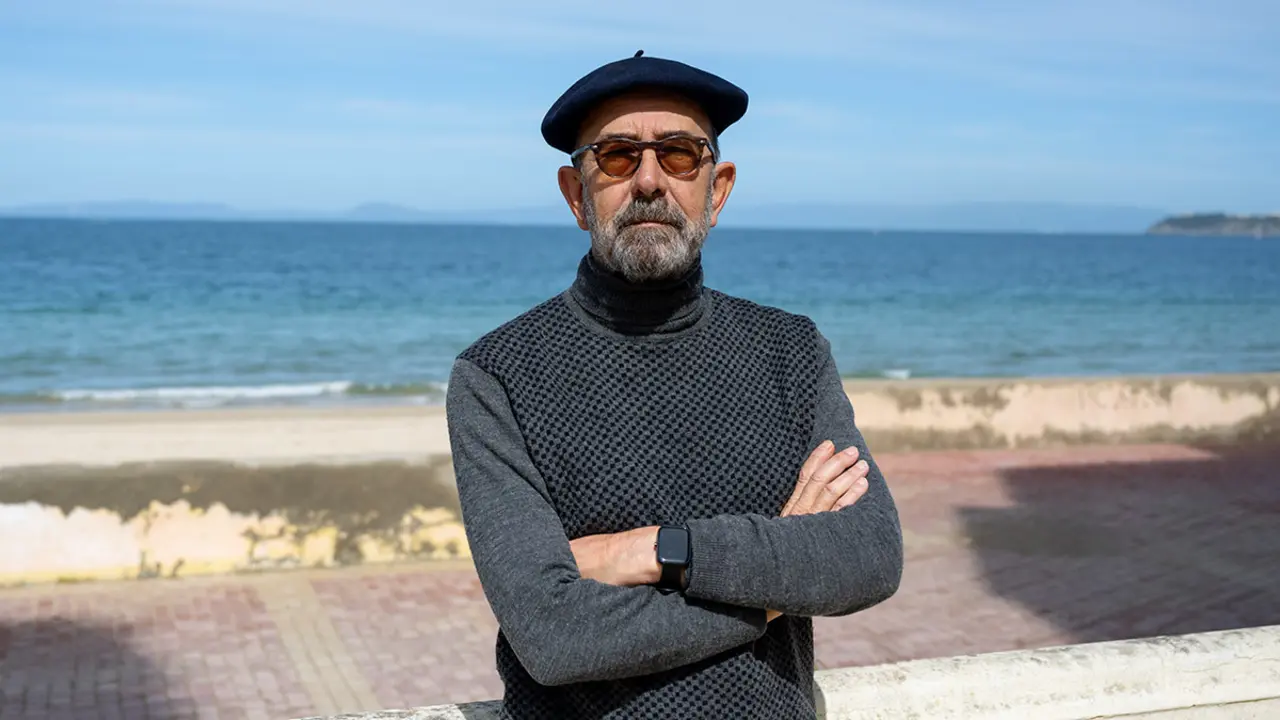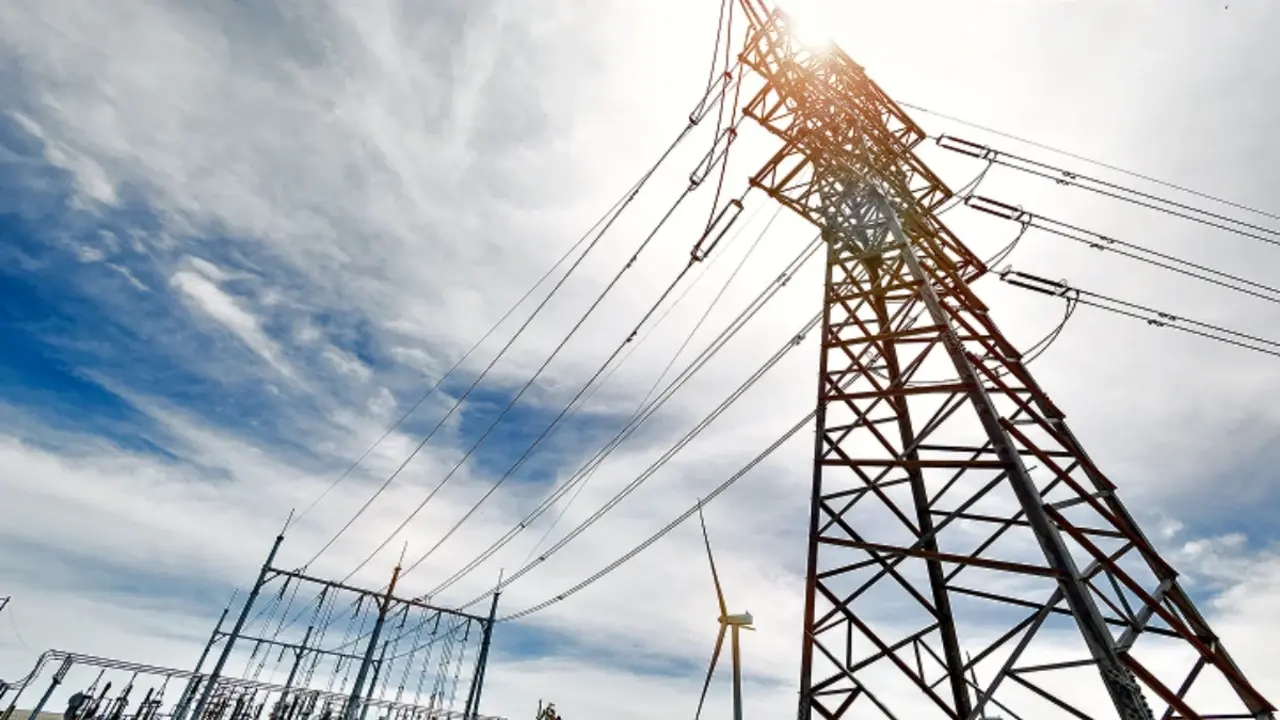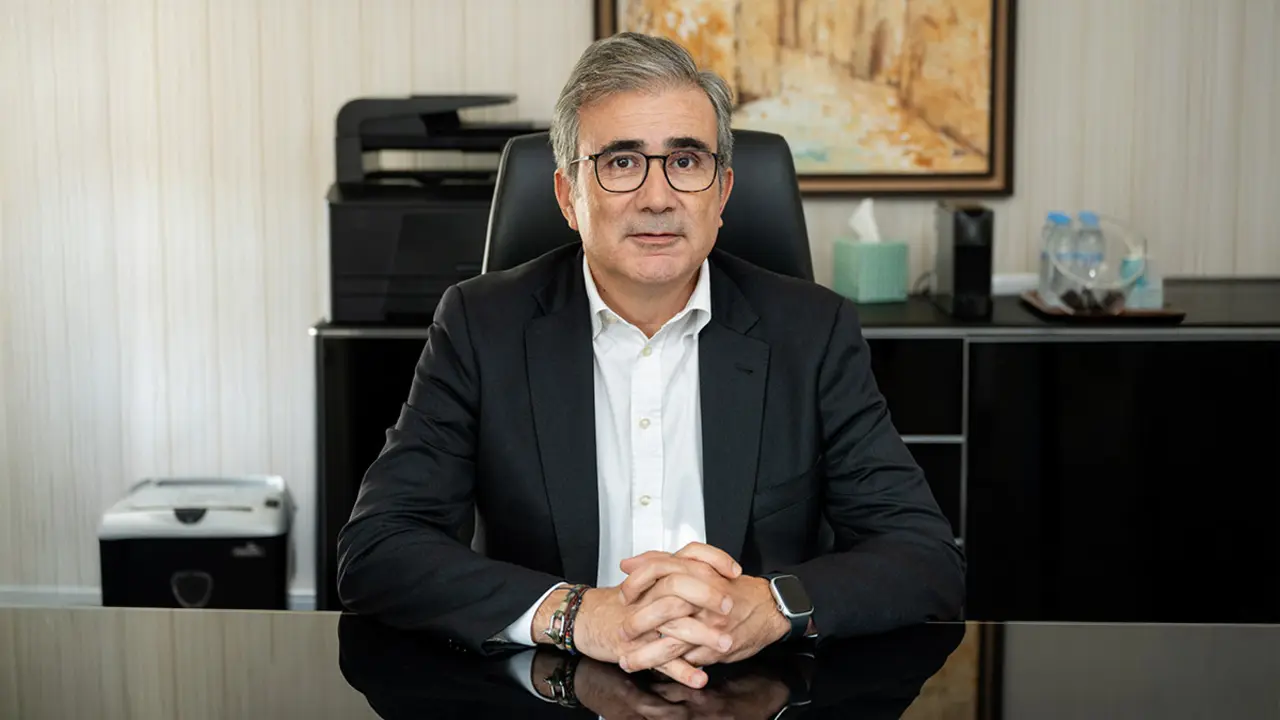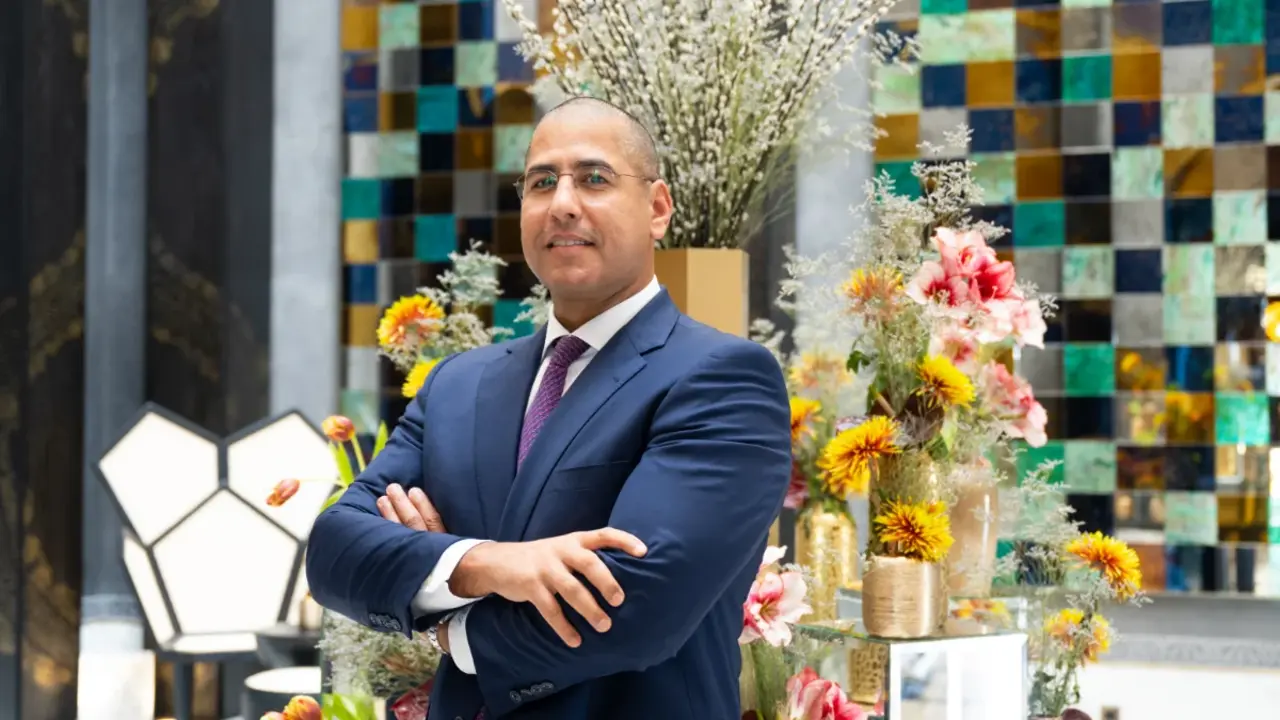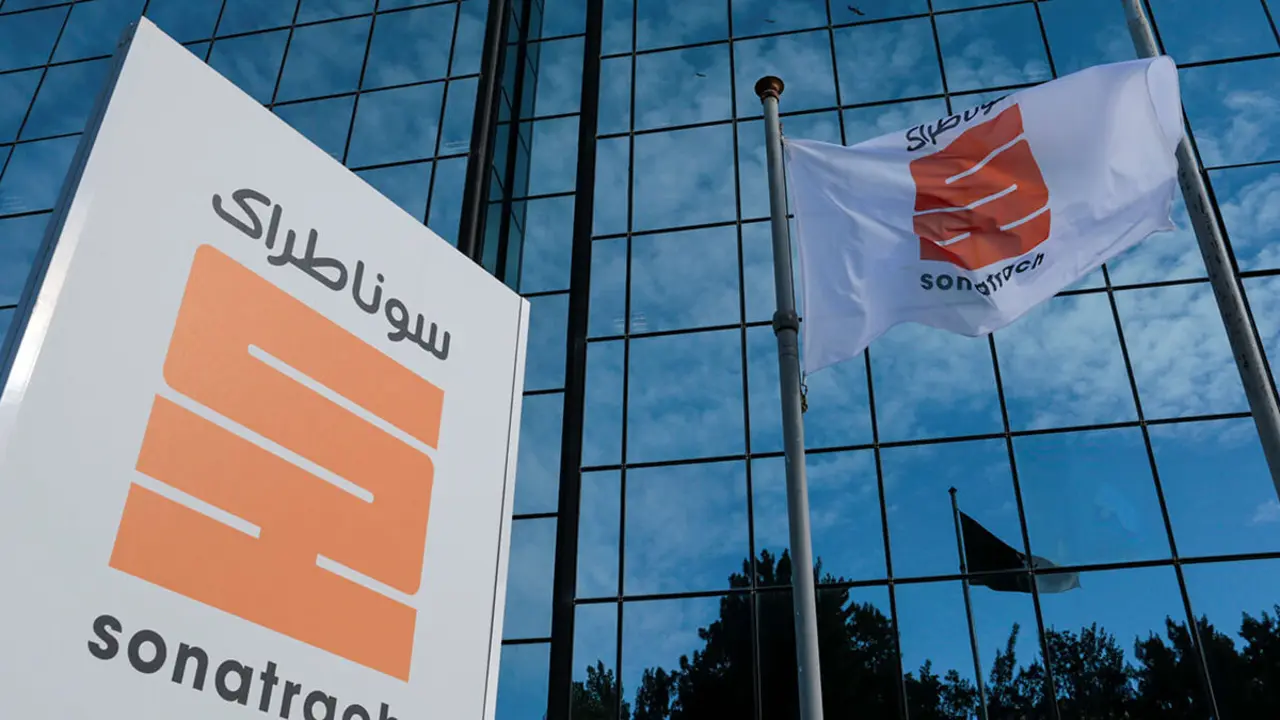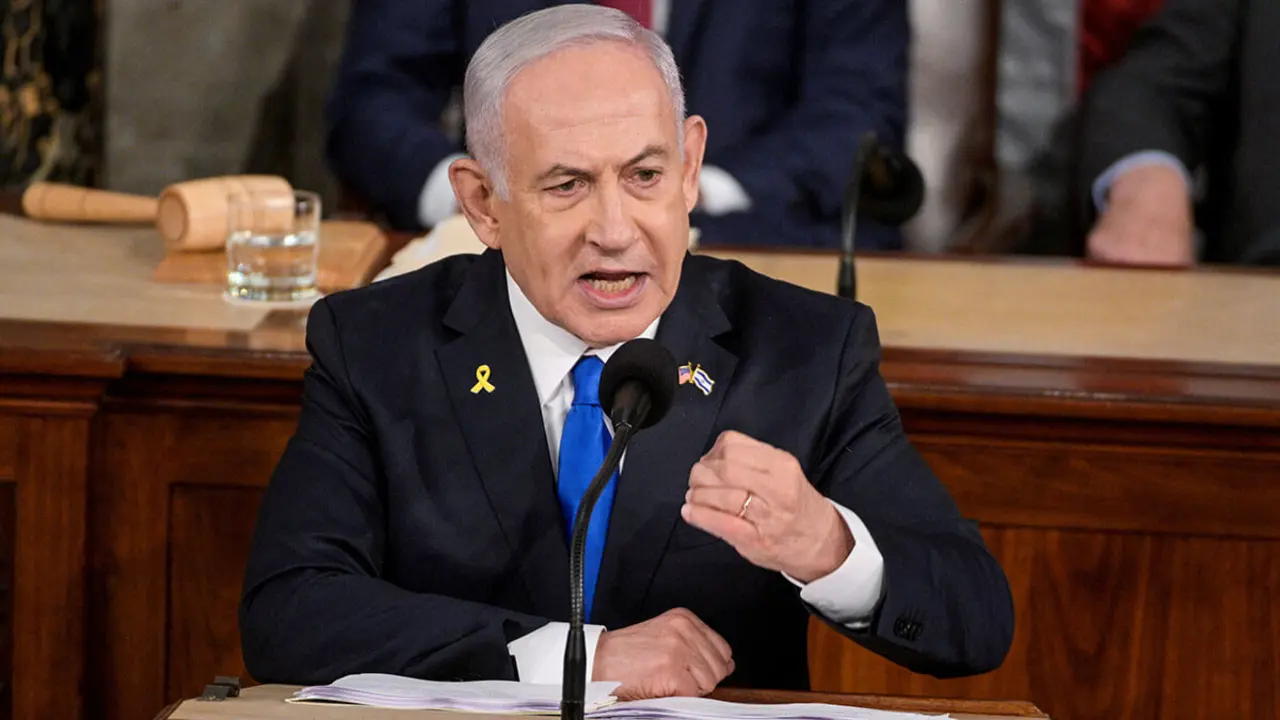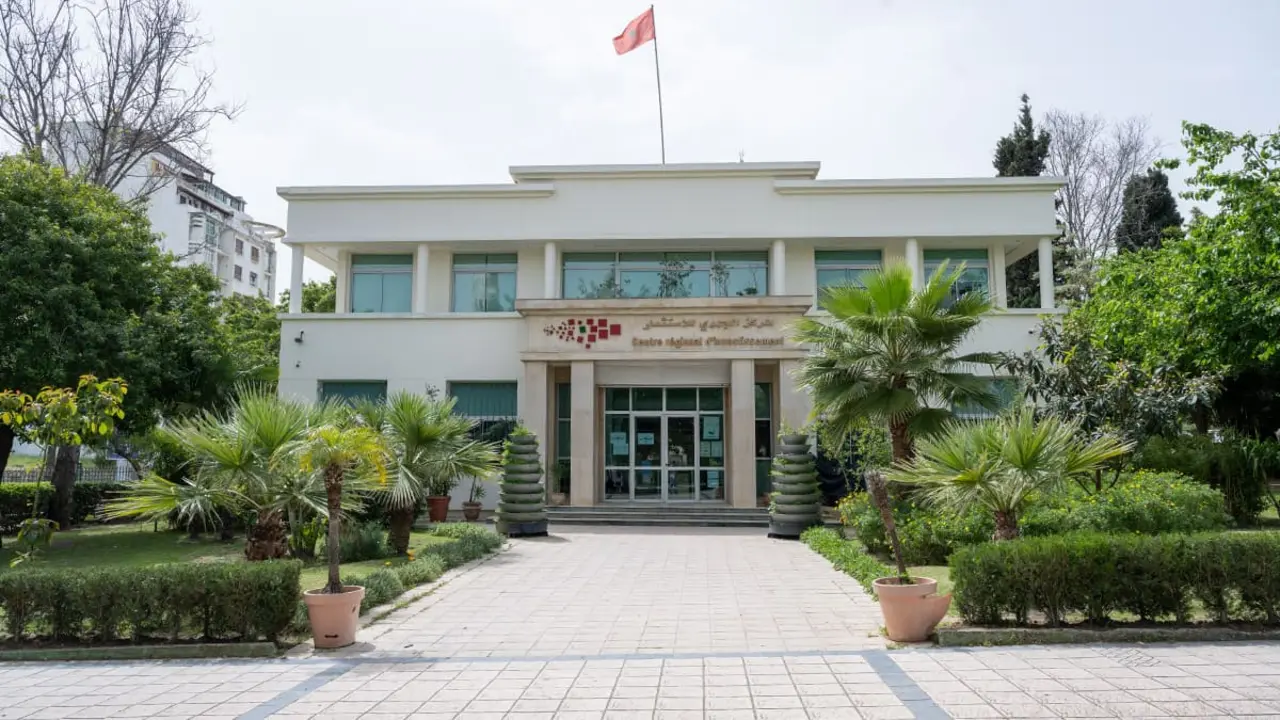Boosting industrial exports: the key to recovery in the face of COVID-19 in Egypt?
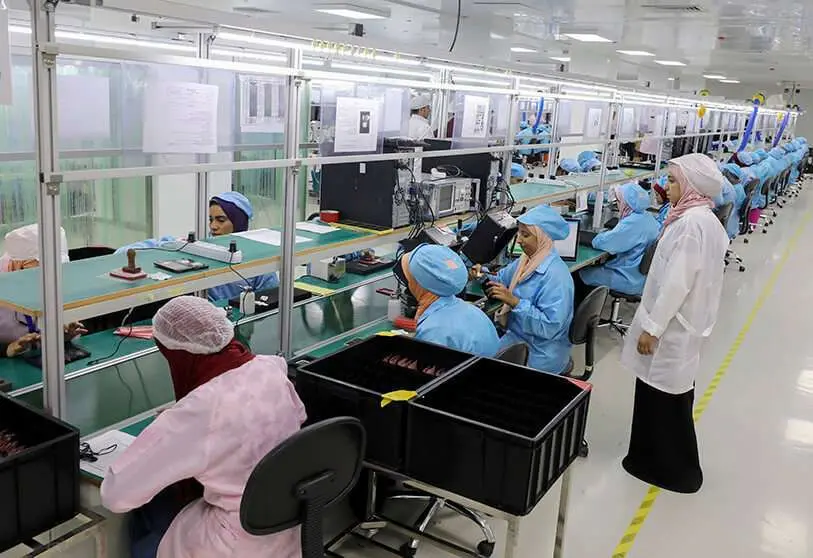
With the effects of COVID-19 still being felt in Egypt, industrial exports are emerging as a key driver of the country's economic recovery.
Emphasising the importance of overseas shipments, Nevin Gamea, the minister of trade and industry, told the media on 20 March that Egypt planned to increase its exports to $100bn in the long term, up from pre-pandemic levels of around $30bn, shifting its focus to more European, African and Arab markets.
The strategy that will drive this growth is to boost domestic industries and increase exports by small businesses. In addition, export logistics will be improved, for example by automating import and export procedures.
The programme also includes the development of Upper Egypt and several border areas, as well as support projects in the Suez Canal Economic Zone.

President Abdel Fattah al-Sisi has also recently stressed the need to increase industrial investment and export levels.
He called for strengthening domestic industrialisation and technology localisation, closing the gap between exports and imports, and reducing the use of foreign exchange for imports.
In addition, he ordered a comprehensive review and inventory of land that had been allocated for industrial activities but not developed within the timeframe.
Economic reforms have been underway in Egypt since November 2016, when the country received a $12bn loan from the IMF and the currency floated.

The fund identified private sector-led growth as a key priority, and reforms have largely been aimed at improving the business environment to attract private investment.
"Steps should be taken, where possible, to reduce business costs and facilitate access to finance because the private sector should be the engine of Egypt's economic growth," President Al-Sisi told OBG last year.
A significant move came in late 2019, when the government and the Central Bank of Egypt (CBE) launched a $6.4bn initiative to boost domestic manufacturing by providing medium-sized factories with access to subsidised loans at a declining interest rate of 10%.
A central focus of this drive has been the development of industrial zones, the largest of which is the Suez Canal Economic Zone, where the integration of logistics and clustering of manufacturing value chains has been shown to improve efficiency and reduce costs.
Both public and private industrial zones compete on the infrastructure they can provide and their ability to integrate manufacturing and export processes.
However, some problems have been reported with respect to the ability of publicly funded industrial zones to connect incoming firms to infrastructure networks, particularly with respect to exports.

An agreement signed earlier this year between the General Authority for Land and Dry Ports and the European Bank for Reconstruction and Development is indicative of efforts to overcome logistical shortcomings.
The agreement is worth EUR 1 million, which will be used for advisory services on the construction of a dry port and logistics centre at No. 10 Ramadan City, a city on the outskirts of Cairo with a major industrial zone.
This is part of a comprehensive plan to establish a network of dry ports and logistics centres throughout the country.
In February it was announced that five consortia were interested in a tender to build the tenth dry port in Ramadan City, including the Elsewedy Electric-DB Schenker consortium, another led by Dubai's DP World and a third led by China International Marine Containers Group. The tender is expected to be formally issued in the middle of this year.
On a related note, it was announced in January that Egypt had signed a 19 billion euro deal with Siemens Mobility and local companies to build a 1,000 km high-speed rail network.

The first 460km section was scheduled to begin immediately, connecting El Alamein on the Mediterranean to Ain Sokhna on the Red Sea, also passing through the as-yet-unnamed New Administrative Capital, which is currently under construction.
Meanwhile, a new electric train will become operational later this year, connecting one tenth of Ramadan City with the New Administrative Capital and Cairo.
Such efforts should go a long way towards stimulating private sector investment in industry and boosting a concomitant increase in export earnings.
"Going forward, Egypt is in a favourable position to promote growth in industries where it has comparative advantages and can add value," Mohamed al-Kammah, executive director of Elsewedy Industrial Development, told OBG.
"To best leverage growth in these industries, key stakeholders need to invest in industrial infrastructure in the short term to ensure long-term capacity along the value chain."


